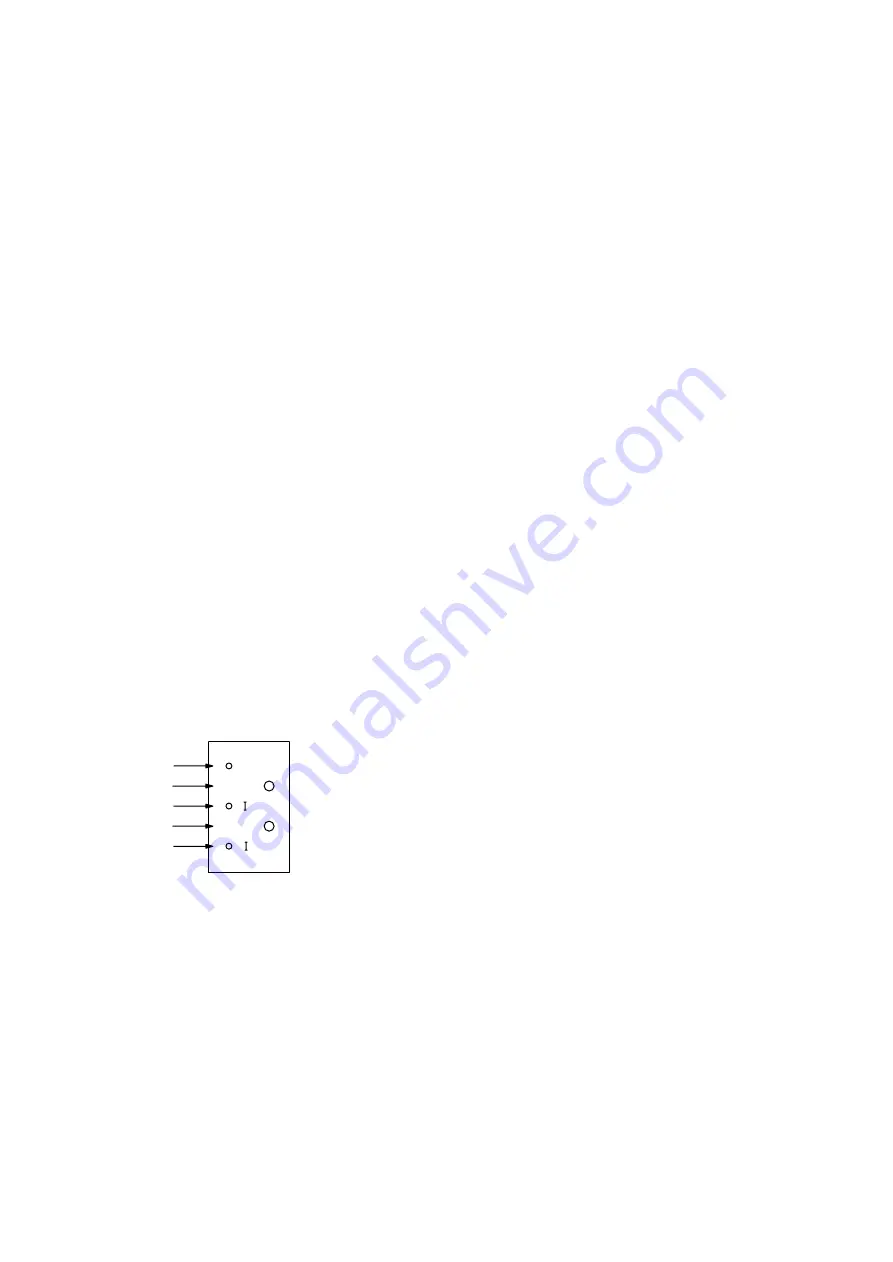
Immunity from external interfering radiation is dependent on
careful wiring techniques. The accepted method is to use
screened cables for all connections and to radially terminate
the cable screens, in an appropriate grounded cable gland, at
the point of entry into the industrial steel enclosure. If this is
not possible, chassis ground screw terminals are provided on
the G123-814. Exposed wires should be kept to a minimum
length. Connect the screens at both ends of the cable to
chassis ground.
5 Power supply
24V nominal, 22 to 28V
45mA @ 24V without a load.
If an unregulated supply is used the bottom of the ripple
waveform is not to fall below 22V.
6 Input signal
The input command is 0 to ±10V. Input resistance is 100k
Ohm. An input of 0 to +10V causes a proportional current of
0 to 1 Amp in coil A. 0 to –10V causes a proportional current
of 0 to 1 Amp in coil B. These outputs result from the input
connected to the positive terminal. Connecting the input to
the negative terminal reverses the outputs. Connect the
unused input to signal ground (terminal 7). Connect the input
signal ground to the signal ground of the device supplying the
input signal.
7 Outputs
Both sides of each valve coil must be wired back to the G123-
814. Do not place any diodes across the coil. See paragraph
3.3 for advice on cable size.
8 Enable input
The output current drivers will not deliver current to the valve
coils until the enable input has a voltage of between 10 and
24V connected to it.
11 Front panel indicators
The “cmd” (command) LED indicates the polarity and level of
the input signal. Red is positive and green is negative.
The IA and IB LEDs indicate the level of the corresponding coil
current.
12 Withdrawing the circuit card
from its case
If access to the circuit is required, the circuit card needs to be
withdrawn from its case. To do this, push one tab in with a
pen or screwdriver while gently pulling on the top cover on
that side. The cover will release approximately one mm. Repeat
on the other side and withdraw the cover and circuit card until
the required circuit points are exposed. The rigidity of the
connecting wires will hold the circuit card in position while
measurements are made.
MOOG
cmd
zero
A
dither
B
dual PWM
LED
LED
LED
POT
POT
9 Dither
The front panel dither pot allows up to 100mA of 100Hz
dither to be superimposed on both coil currents. Dither is used
to overcome resolution limitations of the proportional valve
and is normally used if performance is being compromised by
the resolution of the valve. Optimum dither is achieved by
firstly increasing the level until it can be detected in the load
(the controlled variable, such as position). When this condition
is reached, reduce the level until its influence is just
undetectable in the load.
10 Zero
The zero pot allows up to 150mA coil current offset. Clockwise
rotation increases the offset to coil A. With your desired zero
input signal adjust the zero pot for the desired valve output
flow.






















